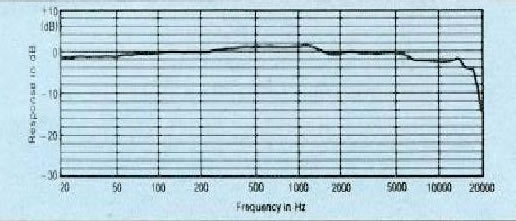Quaddy
Headphoneus Supremus
- Joined
- Jun 29, 2007
- Posts
- 7,410
- Likes
- 18
great post i am spending some time with my deq2496 and have made some nice inroads for eqing my hd555 at this time, will read through and see what i an glean!
| Originally Posted by Quaddy /img/forum/go_quote.gif great post i am spending some time with my deq2496 and have made some nice inroads for eqing my hd555 at this time, will read through and see what i an glean! |




| Originally Posted by PiccoloNamek /img/forum/go_quote.gif I really wanted to include a link to the Cool Edit software. I figured it would be OK since it is no longer on the market, but I'm really not sure what Head-Fi's rules on that are, so I left it out. |

| Originally Posted by PiccoloNamek /img/forum/go_quote.gif As for the soundcard issue, no, I did not take that into account. To be honest, it did not occur to me that one soundcard could have such a drastically different frequency response from another that it would make a perceptible difference. |
| I use it [Cool Edit Pro] to prepare files for FM radio broadcast. |

